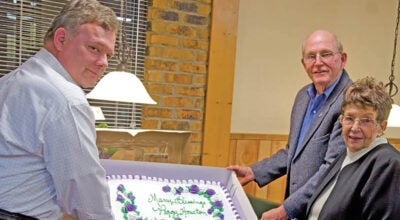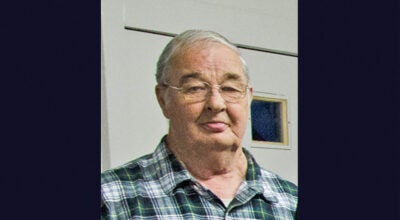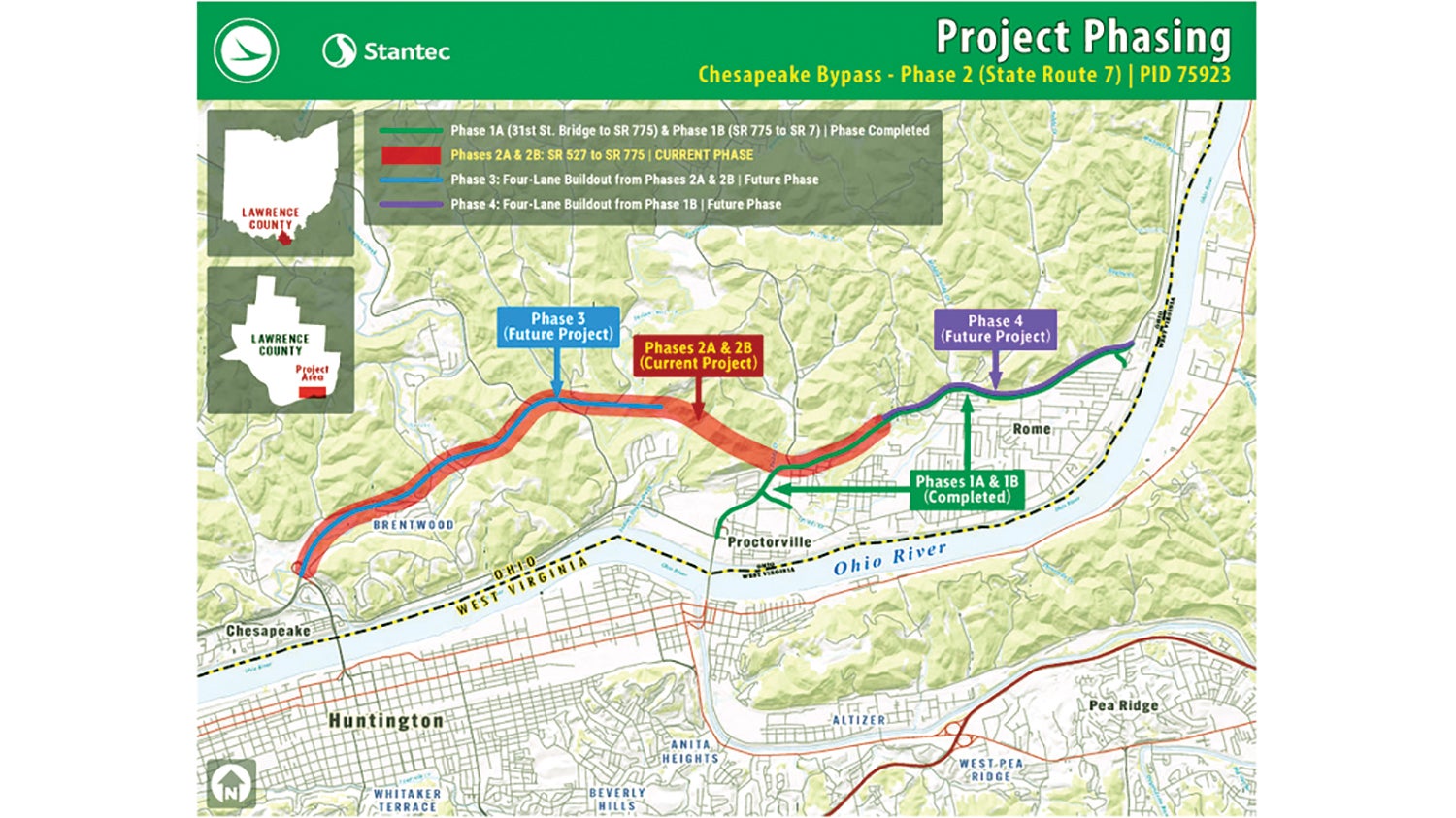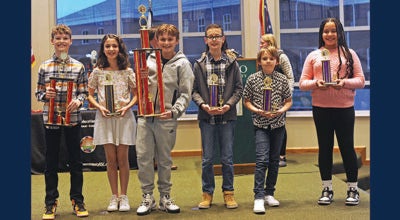Web-based learning alternative for teachers, students
Published 10:02 am Monday, February 15, 2016
The Electronic Classroom of Tomorrow program allows students to learn from home, via lessons delivered through teachers online.
It advertises itself as one of the most flexible learning environments available to parents and students, and for Megan Borowski, that flexibility was what drew her to the program as a teacher.
A native of Columbus, she is in her eighth year of teaching and moved to Lawrence County due to her husband’s job.
ECOT gave her the ability to teach to students statewide from her Chesapeake home or anywhere the couple may be required to move to.
“I teach sixth grade science,” she said. It’s the Ohio standard. The topics include rock and minerals to cell structures.”
The first online charter school in the U.S. to graduate students, ECOT was launched in 2000 in partnership with the Lucas County Educational Service Center. More than 10,000 students have graduated from the program since its inception.
While the students learn at home, ECOT is not considered a home schooling program.
“It operates as a public school, but it is charter-based,” Borowski said.
She received her bachelor’s degree from Bowling Green University and taught private school in Columbus and Huntington before joining the ECOT faculty, which is comprised of hundreds of teachers. She earned a certification for online and blended learning from the University of Cincinnati.
Borowski said she works five days a week, with her duties for ECOT running from about 7:30 a.m. to 7 p.m.
Her day begins by answering email and messages from students and those related to the class. Then, she takes time to grade assignments and to plan for upcoming lessons.
Her online class, a live session, lasts for 45 minutes each day, and is Monday through Friday with 120 students.
Her students login through the chatbox. While it’s not required, students have the option of using a webcam themselves while participating.
The class begins with a warm-up session, in which students answer review questions through online features such as the Kahoot! game-based learning platform.
Then, time is taken for students to learn a new concept, followed by breakout. In addition, educational videos can be shown through the program.
However, Borowski’s workday doesn’t end with the classroom session
“My responsibility is not just teaching live,” she said.
Her afternoons are spent working with the students in group breakout sessions, and she remains available to students for one-on-one time to offer clarification and intervention, if needed.
She said the regularity of the calls to students gives one-on-one time that provides a close relationship between teachers and students.
She then wraps up her day with more grading and catching up on messages and email.
Borowski said students enrolled in ECOT have a teacher for every subject and that they do the live session back-to-back, comprising a full curriculum like would be found in a typical school.
In addition to classes, social times are offered for the students online, so that they can get to know others in the class.
While face-to-face meetings are not required, she said ECOT organizes field trips from time to time, offering students in-person experience with their classmates.
ECOT offers meetings periodically in Columbus, where parents can meet with the teachers.
She said teachers also keep in touch with parents regularly by phone.
“In general, we speak to parents more than brick and mortar schools,” she said.
Borowski said working for ECOT has been a positive experience for her.
“I’ve really enjoyed the opportunity to work with such a variety of students,” she said.
She said the flexibility of the program has given her the chance to work with those who come from low socio-economic backgrounds or may have had difficulty in traditional school due to factors such as bullying or health concerns.
“It works out well for them,” she said. “We’ve been able to provide a positive experience for students who may have given up on school.”






